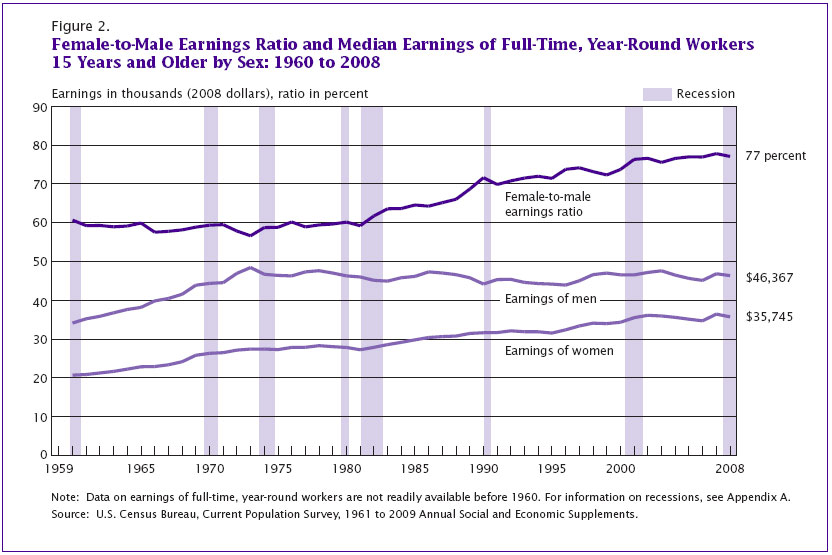The long awaited and hugely hyped Obama “Jobs Solution Speech”, hastily crafted between rounds of golf on the Vineyard, is unlikely to help either the employed or unemployed.
Obama’s calls his new proposals the “American Jobs Act” but it strongly resembles the $825 billion stimulus spending program of 2009 which was ineffective and failed to stimulate the economy or create new jobs. Taxpayers will likely fail to see the logic of a $447 billion stimulus program working any better than a $825 billion stimulus program.
The latest proposals out of the White House appear to be another desperate Keynesian attempt to keep the economy on life support long enough to boost Obama’s chances in the presidential election race. Expecting voters to buy into Obama’s new program pushes the bounds of credibility. Why would a relatively small $447 billion program work any better than the $4 trillion in deficit financed spending since Obama came into office?
Telling voters that the new half trillion dollar program will be paid for from future mythical budget cuts isn’t likely to fly either after seeing the results of the latest fiasco on deficit reduction talks that lead to a downgrade of the US credit rating.
Half of $447 billion “Jobs Act” program consists of payroll tax cuts for both employers and employees. While probably adding to aggregate spending, the tax cuts do not address the fundamental problems of unemployment and income stagnation over the past decade.
Why Payroll Tax Cuts Won’t Work
What business bases hiring decisions on a 2% drop in the social security (FICA) tax? Any business man stupid enough to decide to hire new employees simply because his share of the FICA tax will be slightly lower is already out of business. New employees are added by businesses when there is added demand for their products and when they are confident that a lasting economic recovery is underway. Today, there is subdued demand and no confidence – a cut in the FICA tax does nothing to change this situation.
Regarding the payroll tax cut for employees, here’s how one Connecticut resident assessed the situation.
“I am currently making $80,600 per year. The recent reduction of 2% in the FICA tax resulted in an increase of $31 per week to my paycheck. Meanwhile, the State of Connecticut just passed the largest tax increase in history, retroactive to the first of the year, which results in paying $17 more per week. My weekly deduction for medical insurance increased by $12 per week since last year and our employer has suspended pay increases.
My net benefit from the FICA tax reduction is $2 a week. Meanwhile, the cost of gasoline, home heating, insurance and groceries has risen at least 6% over the past year. Even if the FICA tax cut was made permanent, an extra $2 per week is certainly not going to motivate me to spend more.
My savings goals for college funding and retirement have been destroyed by a collapsing stock market and zero interest rates on savings. I have to cut current spending in order to meet my savings goals and any extra income would be saved, not spent.”
Did Obama talk to any “real people” outside of the group of Washington elites and millionaire celebrity pals he hangs around with? I think not.
Did Obama talk to any “real businessmen” before coming out with his warmed over and effective stimulus plan? I think not.
Did Obama talk to “Helicopter Bernanke” about how to spread out the $447 billion of borrowed money? The government could simply spend the $447 billion by sending every household in America a check for $3,886 attached with a note telling the recipients to thank their grandchildren whose future has been mortgaged.
Voters are rightfully disgusted by the rapid decline in their standard of living, the debasement of the US currency and the self serving dealings of the ruling Washington elites. To pull out an old campaign slogan, “It’s time for a change”.
There are no easy answers to pulling a debt laden economy out of depression, but increasing transfer payments, small tax cuts, massively increased regulatory burdens, trillions in stimulus spending and zero interest rates have not worked. Maybe the Washington elites should simply step aside, stop micro managing the $14 trillion dollar US economy and allow the creative forces of capitalism to work


